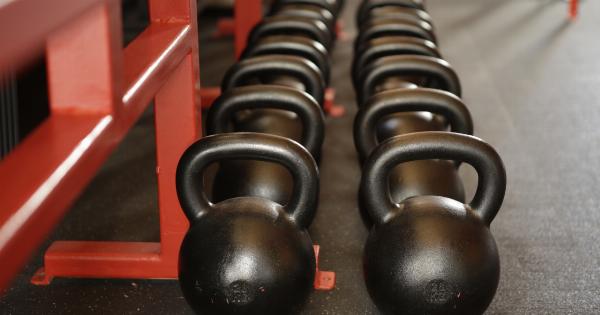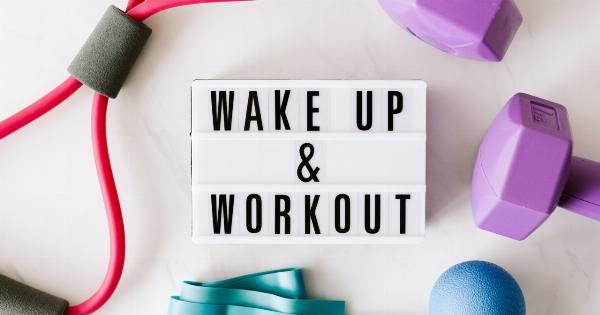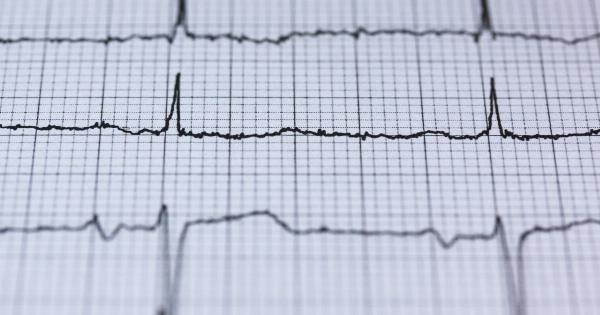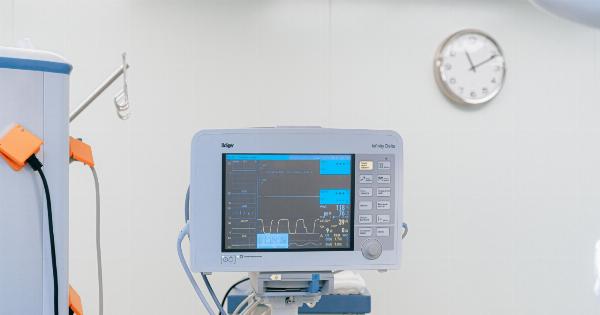As individuals, we visit our doctors regularly for check-ups. Similarly, our pets also require check-ups to ensure they are healthy. Veterinary check-ups can be expensive, which is why it is necessary to conduct routine home check-ups for your pets.
The following are tips for giving your pet a check-up at home.
1. Conduct a Physical Examination
Pets cannot communicate their pain or discomfort in words; thus, it is crucial to observe their behavior for unusual physical changes. Start by observing physical appearance, spirit, and mobility changes.
2. Observe Their Behavior
Behavior changes can point out underlying health problems. Watch out for anxious, lethargic, excessively vocal, or aggressive behavior.
3. Check Their Coat
Run your fingers through your pet’s coat to check for any abnormalities or wounds. Look for rashes, lumps, hair loss, or discoloration.
4. Examine Their Paws
Inspect your pet’s paws for wounds, swelling, or fungal infections. Also, check for split or cracked nails.
5. Look into Their Ears
Ear infections are prevalent in pets. Check for an unpleasant smell, discharge, or flea droppings. Be gentle as the ears are sensitive.
6. Observe Their Eyes
Ensure their eyes are clear with no discharge. Also, check for redness, cloudiness, or inflammation.
7. Watch Their Nose
A pet’s nose can indicate underlying health issues. Look for excessive discharge, nose bleeds, or sneezing. If it persists, contact your vet.
8. Check Their Mouth
Open their mouth to check for bad breath, tartar buildup, or gingivitis. Ensure the gums are pink and not swollen.
9. Inspect Their Body
Run your hand over your pet’s body to check for bumps, bruises, or lumps. Ensure they are symmetrical in shape and size.
10. Watch Their Weight
Excess weight leads to complications such as diabetes or heart disease. Observe their weight by a body condition score, which grades on a scale of 1-5.
11. Monitor Their Urine and Feces
Observe your pet’s urine and feces for unusual color, odor, or consistency. Changes could indicate an underlying medical issue.
12. Check Their Heart Rate
Place your pet’s paw over their heart to check for its regularity and rhythm. If the heartbeat seems abnormal, consult your vet.
13. Measure Their Temperature
Normal temperature for cats and dogs ranges from 100°F to 102.5°F. Use a thermometer to check your pet’s temperature. If the temperature is above 103°F, seek medical attention.
14. Monitor Their Breathing
Watch your pet’s breathing to check for its regularity and rhythm. Rapid or heavy breathing could indicate an underlying ailment.
15. Inspect Their Teeth
Teeth abnormalities can lead to eating difficulties. Check for chipped, broken, and missing teeth. Ensure the teeth are white without tartar buildup.
16. Assess Their Mobility
Observe your pet’s ability to move around. Look for stiffness, weakness, or limping. Also, check their joints for sensitivity.
17. Look for Behavioral Changes
If your pet’s behavior changes suddenly, it could indicate an underlying medical condition. Contact your vet if it persists.
18. Check for Fleas and Ticks
Fleas and ticks can cause parasitic infections and allergies. Check for any visible fleas or ticks and use appropriate treatment.
19. Observe Their Gait
Observe your pet’s walking posture to check for a limp or unusual gait. If there is a problem, consult your vet.
20. Watch Their Energetic Level
Observe your pet’s activity level. Decreased energy levels could indicate an underlying medical condition.
21. Inspect Their Ears
Animals are prone to ear infections, which could lead to hearing loss. Check for ear discharge, inflammation, or redness.
22. Check Their Nose
Your pet’s nose can indicate underlying health conditions such as allergies, fungal infections, or tumors. Check for any abnormalities or discharge.
23. Inspect Their Mouth and Teeth
Poor dental hygiene can lead to dental diseases. Check for tartar buildup, gum inflammation, or chipped teeth.
24. Monitor Their Water and Food Consumption
Observe your pet’s eating and drinking habits. Changes could indicate underlying medical conditions.
25. Look for Lumps and Bumps
Run your hand over your pet’s skin to check for lumps, bumps, and growths. Contact your vet if the lumps persist.
26. Observe Their Stool
Inspect their stool for color, frequency, consistency, and odor. Changes could indicate an underlying ailment.
27. Watch for Vomiting
Dogs and cats are prone to eating harmful objects, causing vomiting. If your pet vomits excessively, seek medical attention.
28. Monitor Their Sleeping Patterns
Watch for changes in your pet’s sleeping pattern. Extreme lethargy, restlessness, or sleeping in unusual positions could indicate an underlying medical condition.
29. Assess Their Appetite
Observe changes in your pet’s eating habits. Poor appetite could indicate an underlying medical condition.
30. Visit Your Vet When Needed
Regardless of how thorough you are with your home exam, it is essential to visit a vet regularly.






























